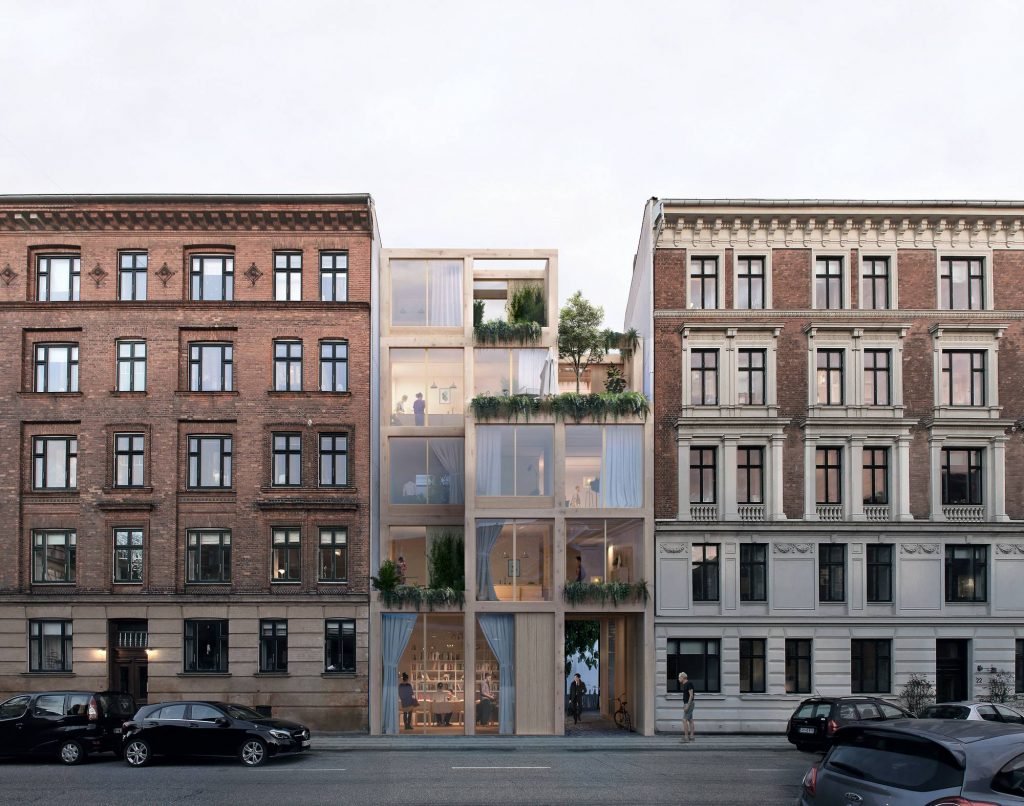Planning helps to create communities that are safe and inclusive, where people want to live and work, now and in the future. It also protects the environment, and ensures that everyone has access to a good quality of life.
This is especially true in towns and cities. The role of planners is to balance conflicting demands for housing, industry, agriculture, transport and the environment.

Sustainability
Sustainability refers to the ability to use resources conservatively and carefully without compromising the ability of future generations to meet their own needs. It involves all citizens in an integrated, long-term planning process that protects the environment, expands economic opportunities and meets social needs.
While most people associate sustainability with environmental issues, it also refers to social concerns like access to healthy food and housing, health care, education and meaningful participation in local, state and national politics. The United Nations defines sustainable development as the ability of human communities to develop and maintain their resources in ways that are ecologically sound, economically viable and socially just.
Although specific definitions of sustainability vary with time, context and literature, some metrics are designed to measure three outcomes: walkability and transit accessibility; opportunity, or the richness of educational, employment, and quality of life opportunities; and inclusivity, or whether high-opportunity neighborhoods are open to lower-income households and people of color. While creating a single metric that incorporates all these factors is challenging, separating the components offers more transparency and flexibility.
Economic Development
Economic development involves concerted efforts to increase business activity, employment, and income distribution patterns within a community. This is a vital process that can also help communities develop fiscal stability.
Town planning is the process of controlling land resources and ensuring that development occurs in a way that balances demand from residents, businesses, and the environment. It is a complex and dynamic process that changes in response to local needs, policies, and development proposals.
Sustainable communities focus on creating a better quality of life for their residents while maintaining the natural resources necessary to support it over time. They minimize waste, prevent pollution, promote efficiency and utilize environmentally superior technologies to strengthen the economy and improve lives.
Sustainable communities often involve a variety of sectors and partners that work together to solve problems and create long-term solutions. This includes businesses, government, and community members who are committed to building a strong, healthy community that can meet future needs without harming the environment.
Community Design
The American Institute of Architects defines sustainability as “a vision of healthy communities that provide opportunity and dignity for all people,” while the United States Department of Housing and Urban Development calls it an “inclusionary principle that ensures that all people can access affordable housing, public transportation, good jobs, high-performing schools, healthy food choices, open spaces, and other essential services.”
In this broader definition, sustainability is about building a healthy community that meets the needs of multiple types of human beings. It takes a long-term perspective focusing on anticipating and adapting to change in both the present and future.
As an architect, land use planner, or city planner, your work can help shape the design and development of sustainable communities. It can also help promote equitable community investment that benefits all residents and encourages neighborhood revitalization and regional planning.
Public Space
Creating and maintaining public spaces should be at the core of town planning. These spaces bring economic value, promote social cohesion and often offer environmental as well as cultural benefits.
In cities, public spaces play a crucial role in social inclusion as they are accessible to all citizens, regardless of their income or personal circumstances. They are also a key means of affirming collective rights and fostering positive public opinion.
However, many public spaces in contemporary urban contexts have become increasingly disjointed and disconnected from the local community. This is largely due to the increasing influence of commercial interests in the development and management of public space, which are oriented towards feeding the consumer culture of the ‘spending public’ (Fig. 2).
As such, the management of public space is a complex and multi-faceted task that requires an integrated and holistic approach that embraces all stakeholders. A survey with 100 respondents from the management of public space and additional seven in-depth qualitative interviews revealed that managers often lack the knowledge required for managing public space at strategic and operational levels.


